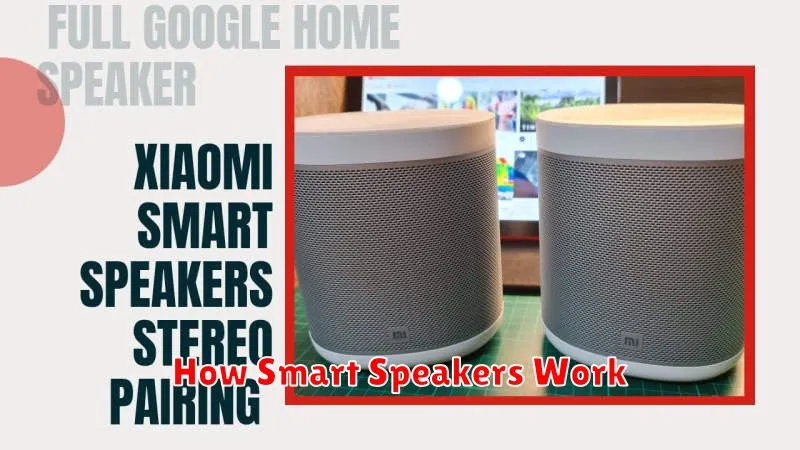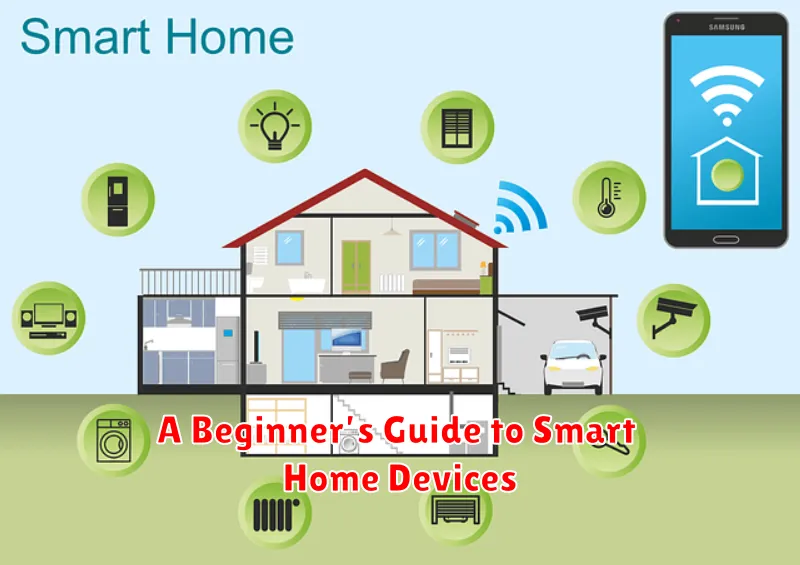Embark on a journey into the world of smart home devices with this beginner’s guide. This comprehensive resource provides a foundational understanding of the smart home ecosystem, covering everything from the basic concepts to practical implementation. Learn how smart home technology can transform your living space into a connected, efficient, and convenient haven. Whether you’re curious about smart lighting, intrigued by smart thermostats, or considering a complete home automation system, this guide will equip you with the knowledge to make informed decisions.
Discover the numerous benefits of incorporating smart home devices into your daily life. Explore the potential for enhanced security with smart locks and security cameras, optimize energy consumption with smart plugs and smart appliances, and experience unparalleled comfort and control with voice assistants and smart home hubs. This guide demystifies the complexities of smart home technology, offering clear explanations and practical advice to empower you to create the smart home of your dreams.
What Is a Smart Home?
A smart home leverages technology to connect and automate various devices and systems within a residence. This interconnectedness provides enhanced control, convenience, and efficiency in managing tasks like lighting, temperature, security, and entertainment.
Smart home devices communicate with each other and the homeowner, often through a central hub or a smartphone app. This allows for remote control and automation based on pre-programmed schedules, sensor inputs, or voice commands.
Types of Smart Devices You Can Use
Several categories of smart devices can enhance your home. Smart lighting allows you to control brightness and color, often remotely. Smart speakers act as voice assistants and entertainment hubs.
For added security, smart locks provide keyless entry and monitoring capabilities. Smart security cameras offer surveillance and peace of mind. Smart thermostats learn your preferences and optimize energy usage.
Other helpful smart devices include smart appliances like refrigerators and washing machines, and various smart sensors for monitoring things like water leaks or air quality.
How Smart Speakers Work

Smart speakers utilize voice recognition technology to understand and respond to user commands. When you speak to a smart speaker, it captures your voice using built-in microphones.
This audio is then converted into a digital signal and sent to a remote server for processing. Natural language processing (NLP) algorithms analyze the audio, interpret the meaning, and determine the appropriate action.
Based on the interpreted command, the smart speaker may perform tasks such as playing music, providing information, controlling other smart home devices, or setting reminders.
Smart Lighting and Automation
Smart lighting offers significant advantages over traditional lighting. Control is a key feature, allowing you to adjust brightness, color temperature, and even create custom lighting scenes directly from your smartphone or through voice commands.
Automation takes smart lighting a step further. Set schedules to automatically turn lights on and off based on time of day or your presence. This enhances security by giving the impression of occupancy even when you’re away. Automation also contributes to energy efficiency, ensuring lights aren’t left on unnecessarily.
Beyond basic on/off functions, some smart lighting systems integrate with other smart home devices, enabling more complex automations such as dimming lights when the TV is turned on, or activating a “good morning” scene that gradually brightens the lights and adjusts the thermostat.
Security and Surveillance Integration
Security and surveillance are key features of a smart home. Integrating these devices provides a comprehensive safety net for your property and loved ones.
Smart security systems can include smart locks, door/window sensors, and motion detectors. These devices can be controlled remotely and send alerts to your smartphone if any unusual activity is detected.
Surveillance cameras add another layer of security, allowing you to monitor your home in real-time from anywhere. Many smart cameras offer features like motion detection recording, two-way audio, and night vision.
Privacy and Data Concerns
Data collection is a core function of smart home devices. These devices collect information about your habits and preferences to personalize your experience. This data can range from your daily schedule to your energy consumption patterns.
Data security is a critical concern. Ensure that your chosen devices have robust security measures in place to protect your information from unauthorized access. Look for devices with features like two-factor authentication and data encryption.
Data sharing practices vary between manufacturers. Understand what data is being shared, with whom it’s shared, and for what purpose. Review privacy policies carefully before purchasing any smart home device.
How to Start Small and Expand
Embarking on your smart home journey can feel overwhelming with the plethora of devices available. A gradual approach is often the most effective. Begin by identifying a specific need or area you’d like to automate or improve.
Popular starting points include lighting, thermostats, or security cameras. These offer tangible benefits and are relatively easy to integrate. Once you’re comfortable with the initial setup, you can gradually expand to other areas of your home, such as entertainment systems, appliances, or smart locks. This method allows you to familiarize yourself with the technology and ecosystem while minimizing upfront investment.

